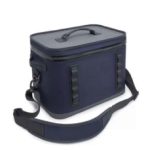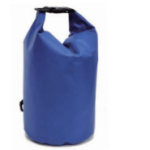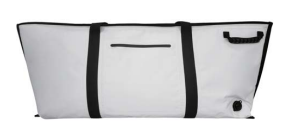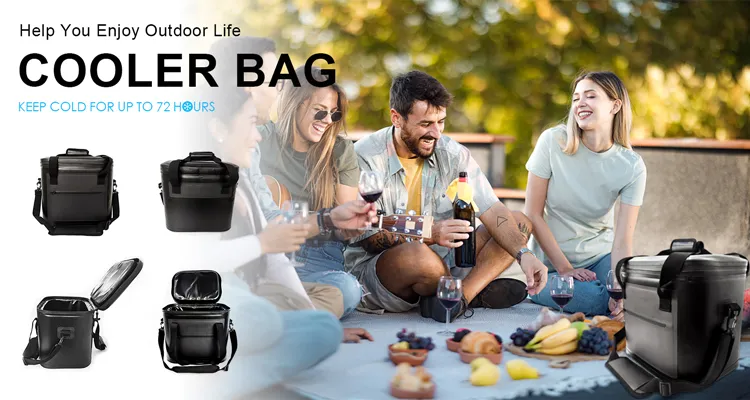Insulated backpacks have become indispensable companions on outdoor adventures, picnics and daily commutes alike. But have you ever considered what these powerful, convenient and practical pieces of gear are composed of? In this post we take an in-depth look at their materials of construction and discover why insulated packs work so effectively at keeping food and beverages chilled down to temperature.
1. Key Materials Used to Construct Insulated Backpacks
Insulated backpacks are typically constructed using multiple durable insulation materials. Some of the more important include polyethylene foam insulation and thermal fiber fabric insulation.
- Outer Fabric: Most insulated backpacks feature outer fabrics made of nylon or polyester for their durability, water resistance, and ability to withstand outdoor conditions. These fabrics have also proven resilient against damage during testing procedures.
- Insulation: What distinguishes an insulated backpack is its insulation, typically made up of closed-cell foam or aluminum foil to effectively block heat or cold and maintain an even temperature inside of it. These materials also act as barriers against outside temperatures affecting temperatures inside of it, creating a temperature control barrier to help regulate temperatures within its confines.
- Lining: Linings used in backpacks should typically be constructed of food-grade waterproof material that prevents leakage of contents as well as providing insulation benefits.
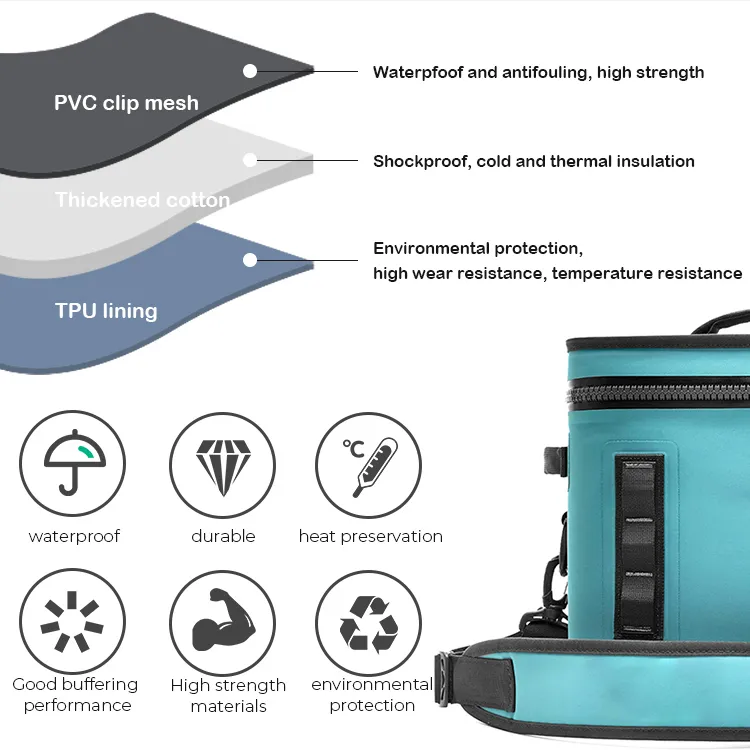
2. Insulating the inner layer of backpack insulation
The inner layer of insulation plays an essential role in keeping its contents warm, using materials such as polyester fill.
- Closed-cell foam: This lightweight foam is known for its superior insulating capabilities. It absorbs heat or cold efficiently and keeps temperatures consistent inside your pack, thus helping prevent temperature fluctuations within.
- Aluminum Foil: Due to its reflective properties, aluminum foil is often used as an effective lining material in order to reflect heat radiation and maintain an ideal temperature over a longer period of time.
3. Insulated Backpack Outer Layer
An insulated backpack’s outer layer is intended to withstand complex handling and outdoor conditions, with key materials including leather for its main layers and nylon being utilized by some styles of bags.
- Nylon: Nylon is an excellent material due to its strength, abrasion resistance and water resistance properties. This material can withstand frequent use in outdoor activities while showing no visible signs of wear and tear.
- Polyester Fabrics: Polyester fabrics are well known for their durability and color retention, offering an ideal balance between strength and flexibility, which make them suitable for insulated backpacks.
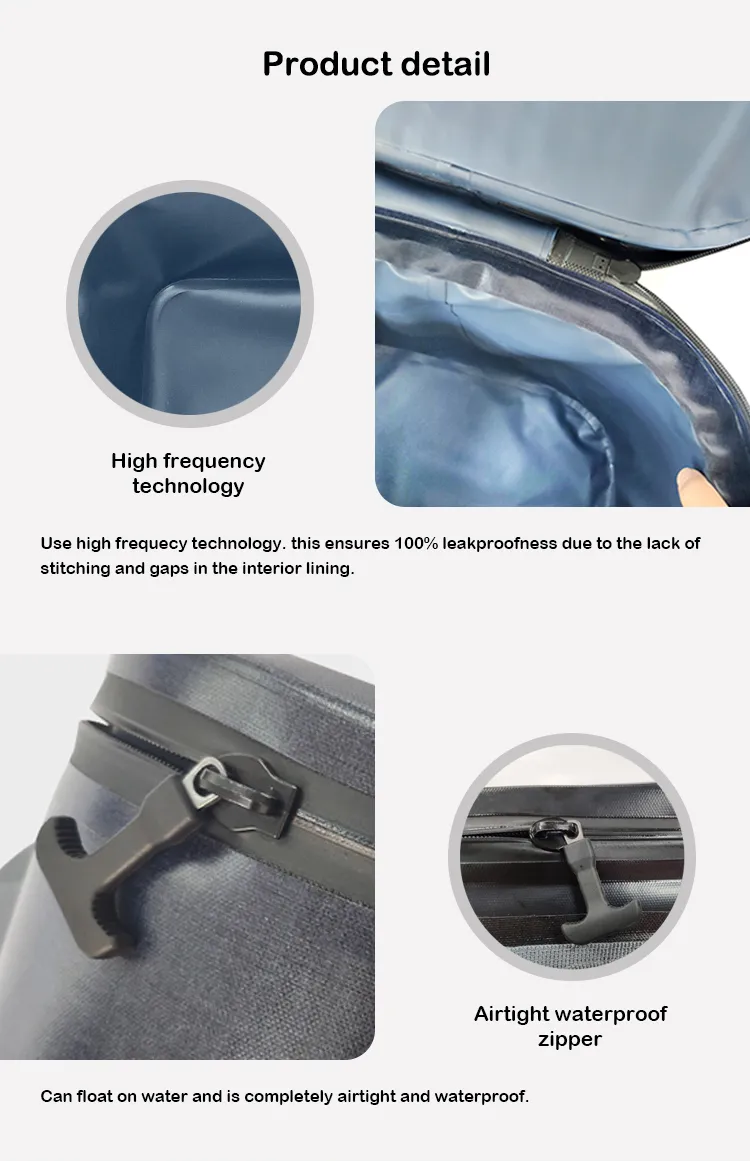
4. Zippers and Connectors
Zippers and connectors used in insulated backpacks are essential components to their functionality and durability, such as zipper locks or connectors that connect compartments together. They ensure seamless operation within the pack’s body while simultaneously protecting contents against dust or rain.
- Airtight/waterproof zippers: Insulated packs typically feature high quality zippers designed to withstand frequent opening and closing cycles without temperature leakage, while some even provide airtight seals to reduce temperature loss.
- Reinforced Connectors and Straps: Reinforced connectors and straps are designed to evenly distribute weight while withstanding the stresses associated with carrying heavy loads, usually made of sturdy materials like nylon webbing or reinforced plastic.
5. Optional Materials and Customization Options
Manufacturers offer customizable materials in addition to standard ones. Examples of such options could include specialty laminates.
- Eco-Friendly Materials: Many insulated backpacks feature eco-friendly materials in order to appeal to environmentally conscious customers.
- Reflective Materials: Reflective materials may be integrated into designs to increase visibility and safety during outdoor activities taking place in low light conditions.
Understanding the materials used in insulated backpacks enables consumers to make more informed choices based on their individual preferences, needs and environmental considerations. When planning an outing such as hiking, picnicking or beach vacationing, knowing which ingredients make up an insulated pack will ensure that food and drinks stay at an ideal temperature throughout your adventure.

